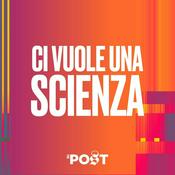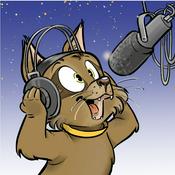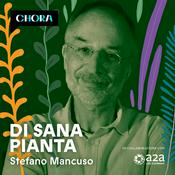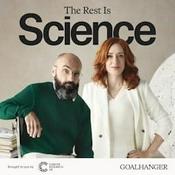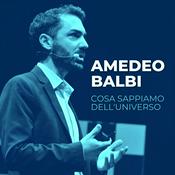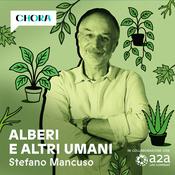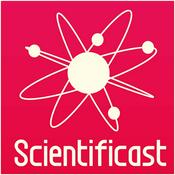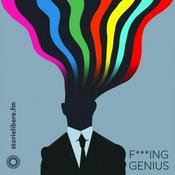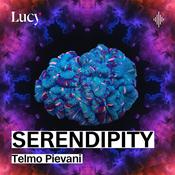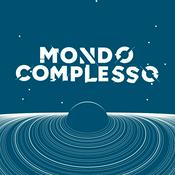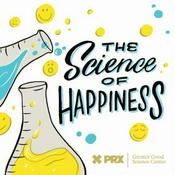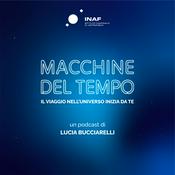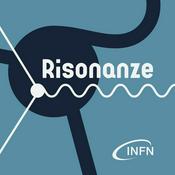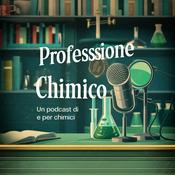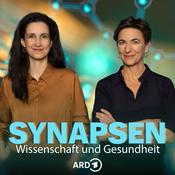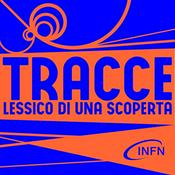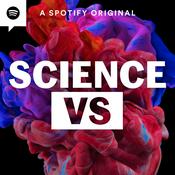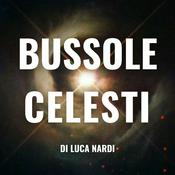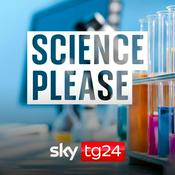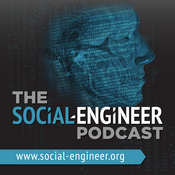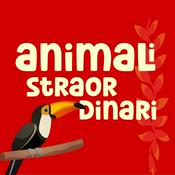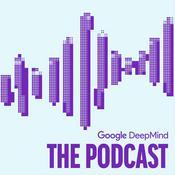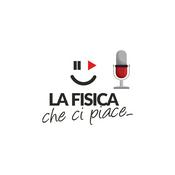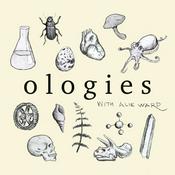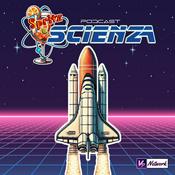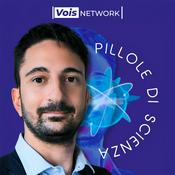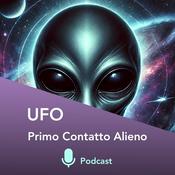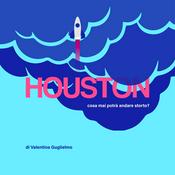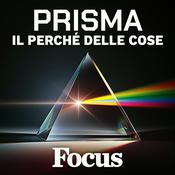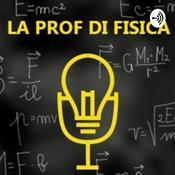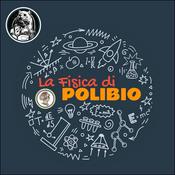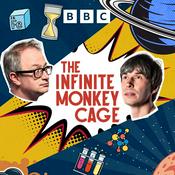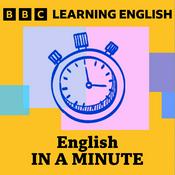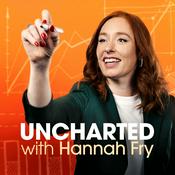472 episodi

How do we adapt to the cold?
19/12/2025 | 26 min
When some people are wandering around in shorts and a t-shirt, others are wrapped up in warm coats and jumpers. How come our responses to cold weather are so different? People have been living in cold environments for thousands of years. So why do some of us struggle with the cold more than others, and what, if any, adaptations have our bodies made to cope in freezing temperatures? CrowdScience listener Anne from the UK is amazed by the warm houses of her neighbours, and wants to know whether her background might have affected her perspective on the cold. Caroline Steel investigates, visiting a laboratory in Loughborough University, UK, that pushes the body to the extreme. Dr Matt Maley explains what happens inside our systems to help us survive the plummeting thermostat and how this adaption can vary from person to person. But it’s not just biological. Our culture impacts our experience of cold too. CrowdScience heads to Norway to meet the global community on the icy Arctic island of Svalbard. There Caroline meets Associate Professor Gunhild Sætren at the Arctic Safety Centre to find out the important role appropriate clothing plays in being prepared for the chilly weather. And we speak to Dr Cara Ocobock at the University of Notre Dame, USA, who tells us about her research comparing Finnish reindeer herders and office workers reactions to cold temperatures. Presenter: Caroline Steel Producer: Hannah Fisher Editor: Ben Motley(Photo: Woman enjoying winter playing in fresh snow. Credit: Olga Pankova/Getty Images)

Can you play the guitar underwater?
12/12/2025 | 26 min
Smashing up guitars is a classic rock star activity, but how about drowning them? Seven-year-old listener Cornelius asked CrowdScience to find out what happens if you play a guitar underwater. Could this be the next avant-garde music sensation? Host and amateur musician Caroline Steel tackles Cornelius’ question with the help of one increasingly soggy guitar. The UK’s National Physical Laboratory is our first port of call, with a guitar-sized water tank at the ready, and acoustic scientists Dr Freya Malcher and Ben Ford helping tackle our questions. Since an acoustic guitar’s sound is amplified by its internal chamber, what happens as that chamber starts to fill with water? How about if the whole guitar - strings, body and all - is submerged? What difference does it make if our ears are listening above or below the water? And can special water-adapted microphones help us explore this unusual question, before our guitar disintegrates? Our guitar then heads off on tour to Denmark, where the band Between Music have teased out questions just like these for their underwater music project, Aquasonic. We talk to violinist and Innovative Director Robert Karlsson, and singer Nanna Bech, who also plays a unique subaquatic instrument. With their help, we discover how to get the best out of a submerged guitar, and find out whether other instruments are better suited to the life aquatic. Presenter: Caroline Steel Producers: Cathy Edwards and Florian Bohr Editor: Ben Motley (Photo: Caroline Steel and Nanna Bech in an Aquasonic aquarium playing a guitar)

Can we turn deserts green?
05/12/2025 | 33 min
Can we turn the world’s deserts green? CrowdScience listener Youcef is captivated by the idea of bringing water back to Earth’s driest landscapes. With sea levels rising and huge stretches of land drying out each year, he wonders whether redirecting seawater inland could offer a solution to both problems. Presenter Alex Lathbridge sets out to investigate starting with a kettle of salty water. Alex speaks to scientists about how deserts form, and how human actions like overgrazing can tip a fragile grassland into a barren landscape. He learns how the brightness of bare sand affects local weather, reducing cloud formation and rainfall. Researcher Yan Li reveals how huge solar and wind farms could darken and roughen the Sahara’s surface enough to double its rainfall, potentially kickstarting a self-reinforcing cycle of vegetation and moisture. But what about deserts where clouds already drift overhead? In the Atacama, one of the driest places on Earth, geographer Virginia Carter shows how fog harvesting nets can coax litres of fresh water from the air. Alex also investigates desalination, where professor Chris Sansom is trying to harness solar power to remove the salt from seawater without burning vast amounts of fossil fuels. It is promising, but can it reduce the impact of rising sea levels? And what do you do with all the salt that’s left over? Climate scientist Alan Condron proposes an even wilder idea: towing kilometre-sized icebergs from Antarctica to parched nations. His models show it might be possible, but the logistics verge on science fiction. Finally, plant scientist Zinnia Gonzalez Carranza warns that greening deserts isn’t just about adding water. Introducing new species, even hardy ones like mesquite, can trigger ecological chaos and harm the very communities who depend on these landscapes. Presenter: Alex Lathbridge Producer: Sam Baker Editor: Ben Motley (Photo: Palm trees growing in cracked, parched earth and the sun rising behind them. Credit: Danymages/Getty Images)

How big is a rainbow?
28/11/2025 | 29 min
When listener Sakura’s husband came home from his morning walk in Cambridgeshire, UK, he told her about a massive rainbow he’d seen. But when he showed her a picture, she didn’t think it was particularly large. So how big is a rainbow really? Are they always the same size? And if some are bigger than others, is there a limit? To find the answers, presenter Marnie Chesterton meets independent rainbow expert Philip Laven in a pitch-black studio to simulate how a rainbow is formed. He demonstrates how they are created by sunlight, reflecting and refracting in millions of little water droplets. But what does that mean for their size? Raymond Lee, retired professor from the US Naval academy, says that rainbows are not objects and don’t have a linear size, just a specific angular size that’s relative to the person seeing it. But Marnie doesn’t give up so easily – some rainbows still look bigger than others. In her journey to discover other ways to size up a rainbow, Marnie hears from Australian aerial photographer Colin Leonhardt who stunned the world with a beautiful picture. Next, assistant professor Ping Wah Li from The Chinese University of Hong Kong explains why it’s possible to come across more than one rainbow at a time. And finally, atmospheric scientist Harald Edens shares another way to consider size, as well as how much he struggles to explain the complexity of rainbows to his four-year old daughter. Presenter: Marnie Chesterton Producer: Florian Bohr Editor: Ben MotleyPhoto: Rainbow of Dreams - stock photo stock photo Credit: Laurent Fox via Getty Images)

Why do we cry?
21/11/2025 | 30 min
Tears of joy, tears of sadness, tears of frustration or tears of pain - humans are thought to be the only animals that cry tears of emotion. CrowdScience listener Lizzy wants to know: why do we cry for emotional reasons? What is its evolutionary benefit? And why do some people cry more than others? It turns out that humans cry three types of tear: basal, reflex and emotional. The first kind keeps our eyes nice and lubricated and the second flushes out irritants such as fumes from the pesky onion, but the reasons for emotional tears are a bit harder to pin down. Using a specially designed tear collection kit, presenter Caroline Steel collects all three kinds of tears. With them safely stashed in tiny vials, she heads to the Netherlands, to Maurice Mikkers’ Imaginarium of Tears. Looking at her crystallised tears under a microscope will hopefully unveil a mystery or two. Marie Bannier-Hélaouët, who grew tear glands for her PhD, explains how the nervous system processes our emotions into tears. But why should we cry for both happiness and sadness, and for so many other emotions in between? Ad Vingerhoets, Professor of Clinical Psychology at Tilburg University, suggests we cry for helplessness - our bodies do not know how to process such intensity of feeling. But do these tears bring relief? Lauren Bylsma, Associate Professor of Psychiatry at the University of Pittsburgh, has been studying heart rates during crying episodes to find out. With her help, we also explore if women do in fact cry more than men, and why that might be. Presenter: Caroline Steel Producer: Eloise Stevens Editor: Ben Motley Photo: Fisheye woman having a cry - stock photo Credit: sdominick via Getty Images)
Altri podcast di Scienze
Podcast di tendenza in Scienze
Su CrowdScience
Ascolta CrowdScience, Futuro presente e molti altri podcast da tutto il mondo con l’applicazione di radio.it
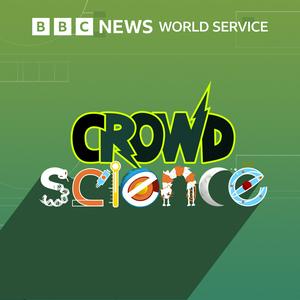
Scarica l'app gratuita radio.it
- Salva le radio e i podcast favoriti
- Streaming via Wi-Fi o Bluetooth
- Supporta Carplay & Android Auto
- Molte altre funzioni dell'app
Scarica l'app gratuita radio.it
- Salva le radio e i podcast favoriti
- Streaming via Wi-Fi o Bluetooth
- Supporta Carplay & Android Auto
- Molte altre funzioni dell'app


CrowdScience
scarica l'app,
ascolta.

